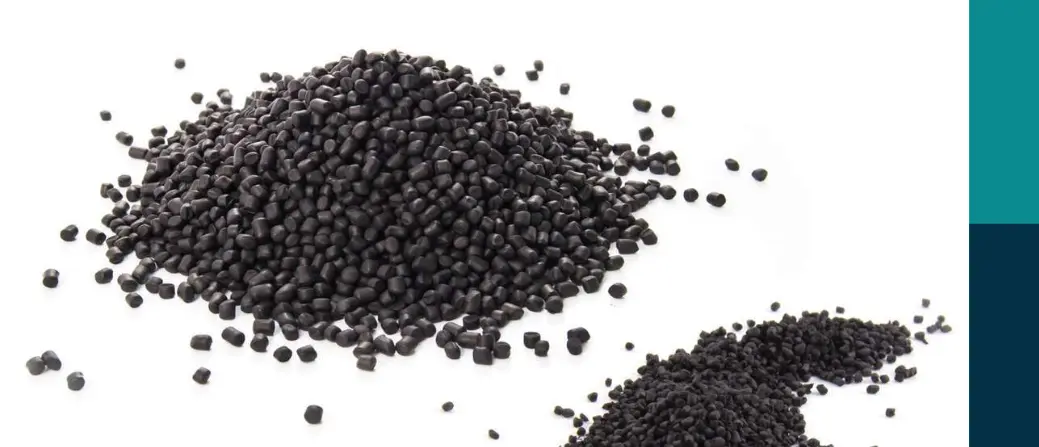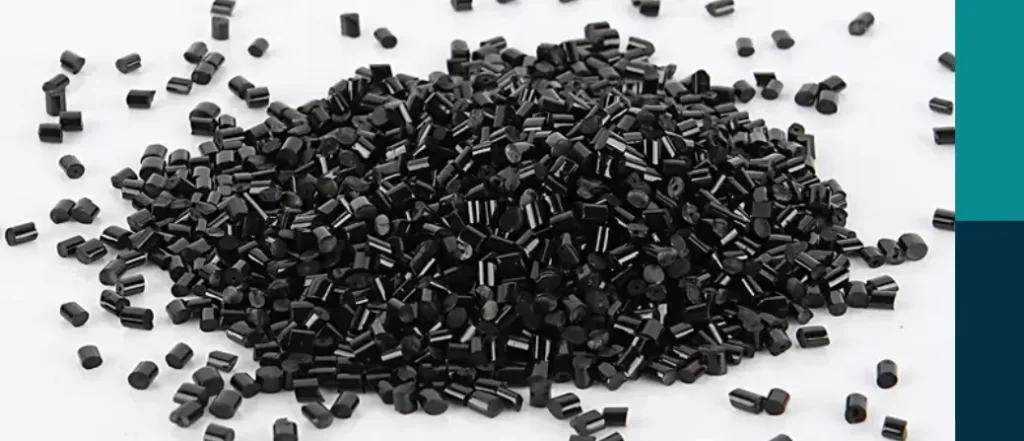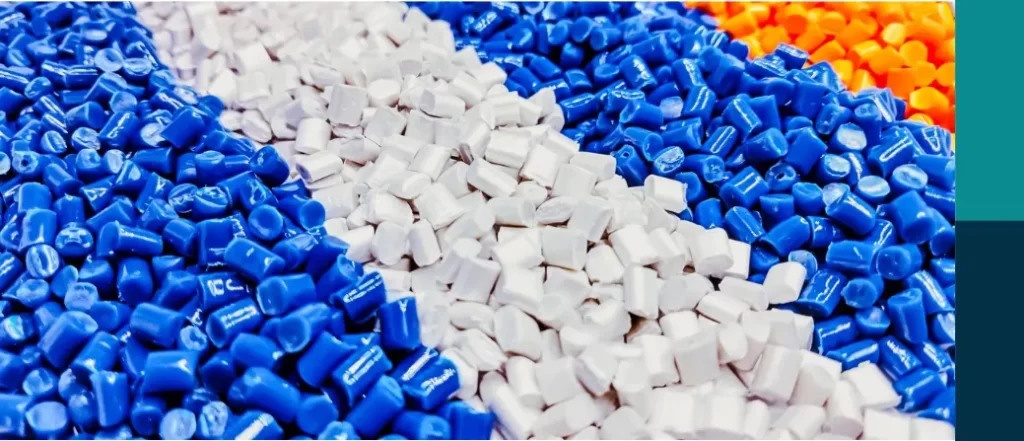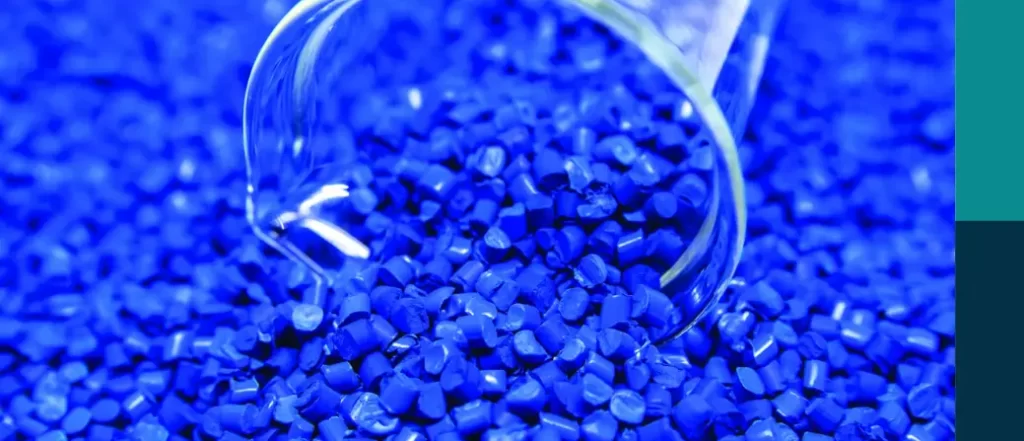Conductive masterbatch
Conductive masterbatch plays a crucial role in fulfilling this need.
In the rapidly evolving world of plastics and electronics, the demand for materials that offer both electrical conductivity and plasticity is increasing.
It is a specialised compound used to improve the electrical conductivity of otherwise non-conductive plastics, providing cost-effective solutions for static dissipation, electromagnetic interference (EMI) shielding, and enhanced durability in various industrial applications.
What is a Conductive Masterbatch?
Conductive masterbatch is a composite material consisting of a base polymer resin mixed with conductive fillers like carbon black, carbon fibers, or metallic particles.
These conductive additives convert standard plastics into materials that can conduct electricity. The most common polymer bases for conductive masterbatch include:
- Polyethylene (PE)
- Polypropylene (PP)
- Polycarbonate (PC)
These resins are mixed with conductive fillers in a concentrated form and can be easily processed through standard plastic manufacturing methods such as injection moulding and extrusion.
Benefits of Conductive Masterbatch
Static Dissipation:
In environments where static electricity poses a risk, conductive masterbatch ensures that the plastic material dissipates static charges, which is critical in electronics manufacturing, packaging, and automotive fuel systems.
EMI Shielding
Conductive masterbatch provides effective shielding against electromagnetic interference, protecting sensitive electronics in devices such as computers, medical equipment, and communication devices.
Durability and Flexibility
While enhancing the electrical properties, the use of conductive masterbatch also maintains the original mechanical properties of plastics, ensuring the materials remain flexible, durable, and easy to process.
Cost-Efficient Solution
Using a conductive masterbatch is more affordable than using fully conductive materials like metals. It provides a way to introduce conductivity into products while keeping manufacturing costs low.
Customizable Conductivity Levels
Depending on the application, manufacturers can tailor the concentration of conductive fillers in the masterbatch, providing flexibility in designing products that meet specific performance requirements.
Applications of Conductive Masterbatch
Electronics Packaging
Conductive plastics made with conductive masterbatch protect sensitive components from electrostatic discharge, reducing the risk of damage during transportation and handling.
Automotive Parts
In automotive fuel systems, sensors, and other components where static buildup can be hazardous, conductive masterbatch helps to safely dissipate static electricity.
Medical Equipment
Many medical devices require protection from EMI to ensure safe and accurate operation. Conductive masterbatch enables the production of plastic parts that shield against unwanted electromagnetic interference.
Industrial Flooring and Coatings
Conductive masterbatch is used in static-dissipative flooring and coatings for industries like manufacturing, where static control is crucial for safety and equipment operation.
How to Choose the Right Conductive Masterbatch
- Resin Compatibility: Ensure the masterbatch is compatible with the polymer resin used in your production process, whether it’s PE, PP, PC, or another plastic.
- Required Conductivity Levels: Different applications have unique conductivity needs. Anti-static packaging requires lower conductivity, while EMI shielding may need higher levels.
- Processing Requirements: The masterbatch should be easy to integrate into your existing processing methods, whether you’re using injection molding, extrusion, or blow moulding.
- Environmental Considerations: Be mindful of the operating environment for your products, as factors like temperature and humidity can impact the effectiveness of conductive materials.
As industries evolve and demand multifunctional materials, conductive masterbatch becomes an indispensable solution. Whether in electronics, automotive, medical, or industrial applications, conductive masterbatch allows manufacturers to create products that combine the versatility of plastics with essential electrical properties. By selecting the appropriate conductive masterbatch for your application, you can enhance product performance, reduce costs, and increase safety and functionality.
The integration of conductive masterbatch into manufacturing processes offers industries a way to meet growing technological demands, providing flexible, cost-efficient solutions to challenges like static electricity, EMI shielding, and durability.




